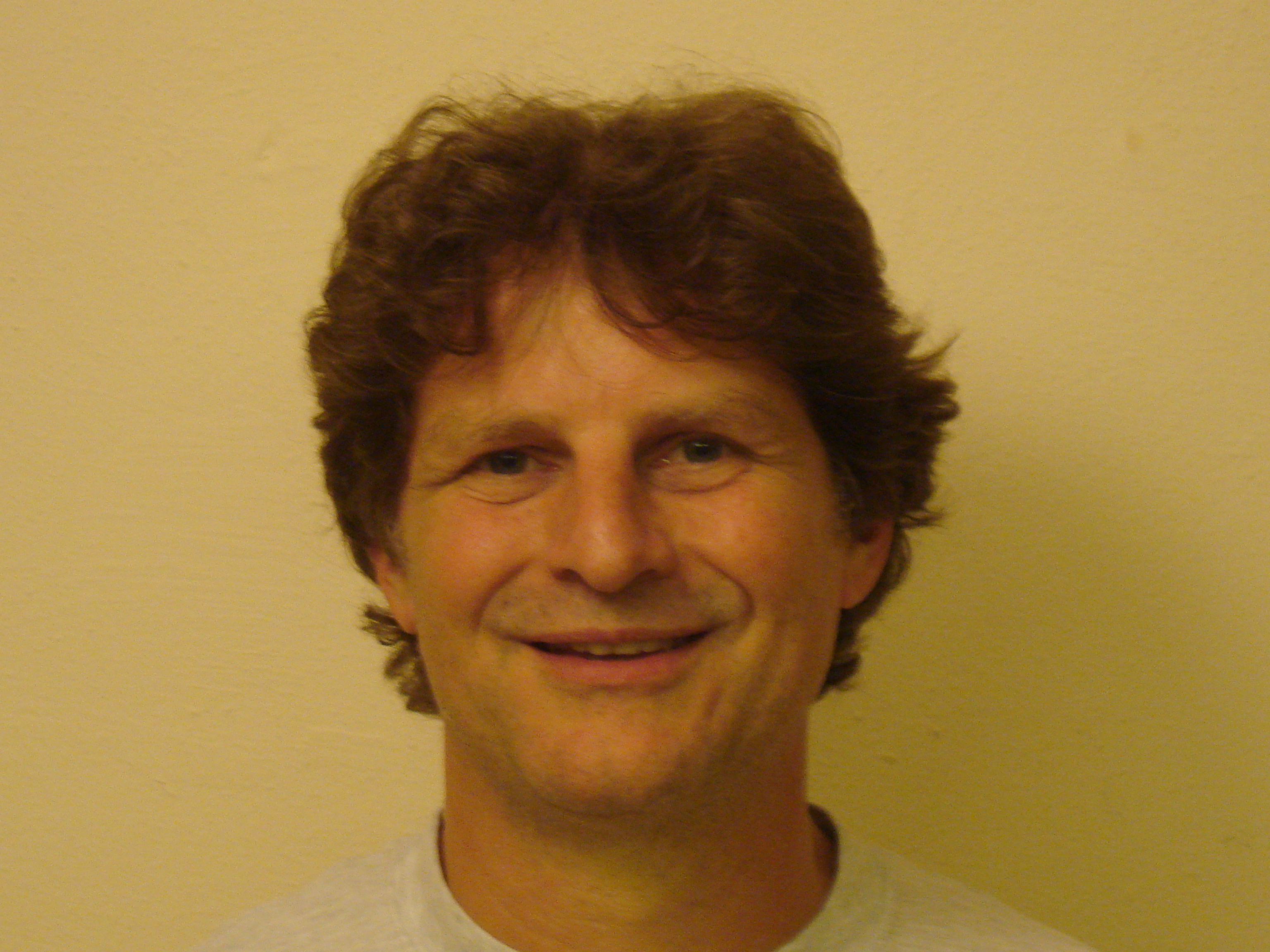Evolution of MHC class I, CD1 and class II genes: how did it happen? (#7)
After some 40 years of research, it seems clear that the adaptive immune system of jawed vertebrates based on major histocompatibility complex (MHC) class I and class II, αβ and γδ T cell receptor, and immunoglobulin genes arose sometime before the lineage leading to cartilaginous fish. Observations in many organisms, including seminal discoveries in the chicken, suggest that all these genetic components along with natural killer (NK) receptor genes arose in a single genetic region, allowing duplication and divergence of genes to diversify the functions, and co-evolution between structurally-unrelated components to make molecular pathways. If this view is correct, then the “primordial MHC” must have fallen apart somehow to give rise to contemporary genomes.
The existence of two rounds of genome-wide duplication (2R) at the base of the vertebrate lineage suggests one mechanism to distribute the genes of the primordial MHC to various paralogous regions, giving potential for the evolution of new functions (“neofunctionalisation”). The presence of the non-classical class I genes CD1, MR1 and the Fc receptor of neonates (FcRn) genes in MHC paralogous regions of the human genome might mean that (the ancestors of) these genes were moved to paralogous regions during 2R, making them very ancient. Such an interpretation could fit with early suggestions that CD1 has properties of both class I and class II molecules.
However, CD1 genes might be relatively recent and translocated from the MHC into an MHC-paralogous region during chromosomal re-organisations in the lineage leading to placental mammals. This alternative view has been based on sequence comparisons, location of CD1 genes in the chicken MHC, and lack of discernible CD1 genes in amphibians and fish. Re-examination of the MHC paralogous regions, consideration of various sequence features of MHC molecules, and more complete genomic sequences may help to choose between the various interpretations.
 CD1-MR1 2017*
CD1-MR1 2017* 